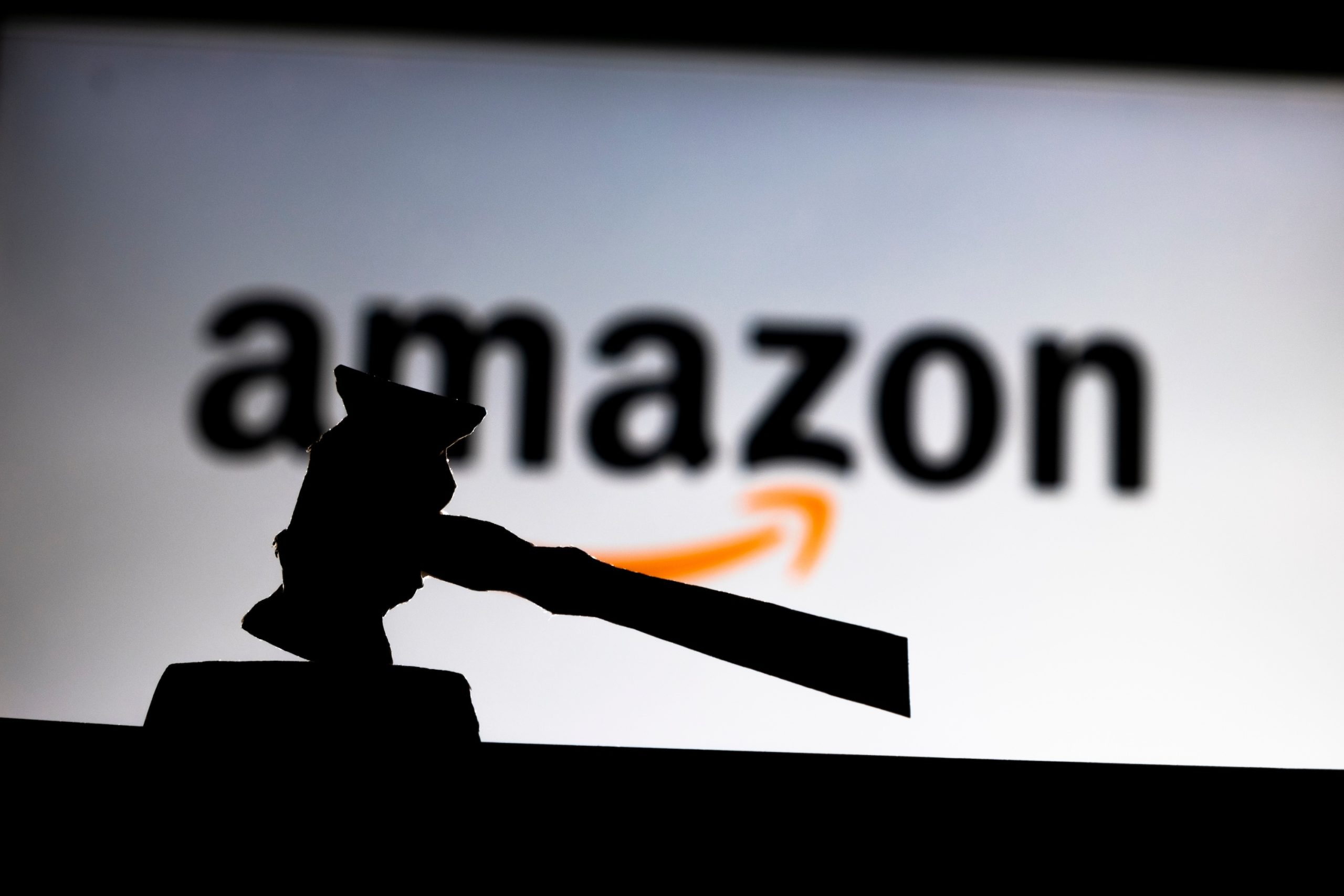In the middle of the trial against the American antitrust authorities, new details on the operations of the e-commerce giant were revealed this Thursday, and some of them are to say the least… interesting.
Amazon is one of the most powerful companies on the web, and its dominant position is enough to arouse some suspicion. Enough, even, for the American antitrust watchdog to gather enough evidence to file a complaint against the company.
However, at the time the latter was filed, elements of the file had been redacted for various reasons. As the legal proceedings progress, some of this information is revealed and allows us to know a little more about the famous “ Nessie Project » and on the FTC’s allegations.
A very lucrative algorithm
A distributor’s goal is generally to generate as much revenue as possible while remaining competitive. This is an essential condition for its survival, but one which requires considerable scouting work and hours of tedious calculations. Of course, we are in the age of the Internet and computers, and this labor can be more easily automated than before.
In any case, Amazon did not hesitate to do so, and the company even took the opportunity to develop its own algorithm to optimize the process. The objective of the project, called Nessie, was to observe the prices charged by the competition following increases made on the American giant’s platform. If others followed suit, the new price remained the same. On the contrary, when the tariff increase was not observed elsewhere, then the values were returned to their previous level.
The algorithm would have been used between 2010 and 2019 and would have made it possible to increase the price of millions of products. He has been described as “ incredible success » at Amazon, generating nearly 1.4 billion in additional profits. A significant figure, which would have pushed certain company managers to want to highlight their “ old friend Nessie » from the closet several times, at least until 2022.
Unfair competition
According to an Amazon spokesperson, the tool was not used in the manner described in the FTC complaint. Its goal would have been “ to try to prevent tariff reconciliation from leading to unusual results where prices have become so low that they are no longer sustainable “. The American giant also specifies that it “ did not work as expected », which would explain its abandonment.
However, given the substantial revenue Nessie apparently generated, it seems logical that some Amazon executives had some concerns about the risks it could cause. Indeed, according to the FTC, it was a “ unfair competition method » which manipulated prices on other platforms.
To avoid detection, Nessie was reportedly put on hiatus during Prime Days and the holiday season, when ” the media and customers were more attentive » to Amazon, adds the American competition watchdog. Furthermore, it reveals that between 2019 and 2022, company executives would have concealed information from him thanks to the ephemeral messaging function of the Signal application.
It remains to be seen how these allegations will be handled by the American justice system, especially since this is not the only information revealed this Thursday. The soap opera between Amazon and the FTC therefore promises more tantalizing, revolting revelations, or both at the same time.
Source : Reuters

18